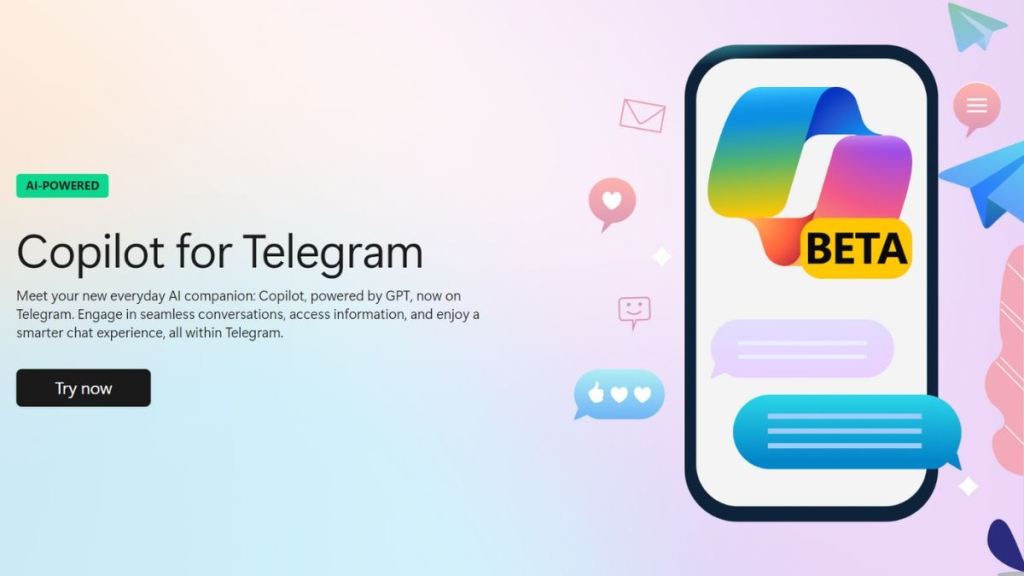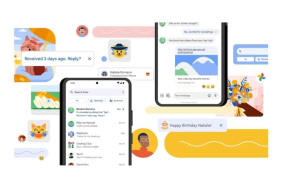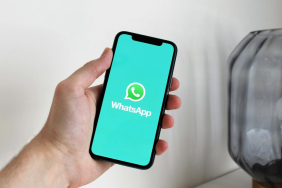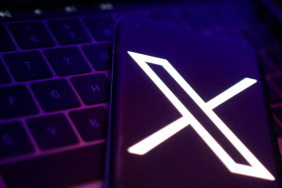Microsoft has launched its Copilot artificial intelligence (AI) chatbot on the widely-used messaging platform Telegram. The integration, announced on Tuesday, allows users to engage in conversations, pose questions, and conduct internet searches directly within the app. Currently available in a beta version, the feature is accessible to all users at no cost, though there is a restriction of 30 message turns daily when using the AI.
How to Access Copilot for Telegram
Users can easily access the Copilot chatbot through two methods. One approach involves visiting Microsoft’s dedicated microsite for the feature and clicking the ‘Try Now’ button, which directs them to the chatbot within Telegram. Alternatively, users may directly open the Telegram app and search for the Copilot bot.
For those opting for the second method, verifying the authenticity of the Copilot chatbot is crucial. Users should look for a blue check mark next to the bot’s name, as several imitation bots might be available, some of which could pose security risks.
Currently, Copilot functions solely as a text-based chatbot and does not support image generation. However, it is capable of retrieving information from the internet and answering a variety of online queries. Microsoft encourages users to inquire about topics such as video game cheat codes and walkthroughs, movie recommendations, dating advice, recipes, live sports scores, and curated playlists, among others.
![]()
Engaging with Copilot is relatively simple, especially for those familiar with Telegram bots. New users can utilize the “/ideas” command to receive examples of the AI’s functionalities, while the “/restart” command resets the conversation context. Such instructions are also provided by the chatbot upon initial interaction.
Before beginning to interact with Copilot, users must register with their phone number. This requirement may raise privacy concerns for some users, but Microsoft assures that “Copilot on Telegram relies on the same safety infrastructure as the Microsoft Copilot experience” on its microsite.






